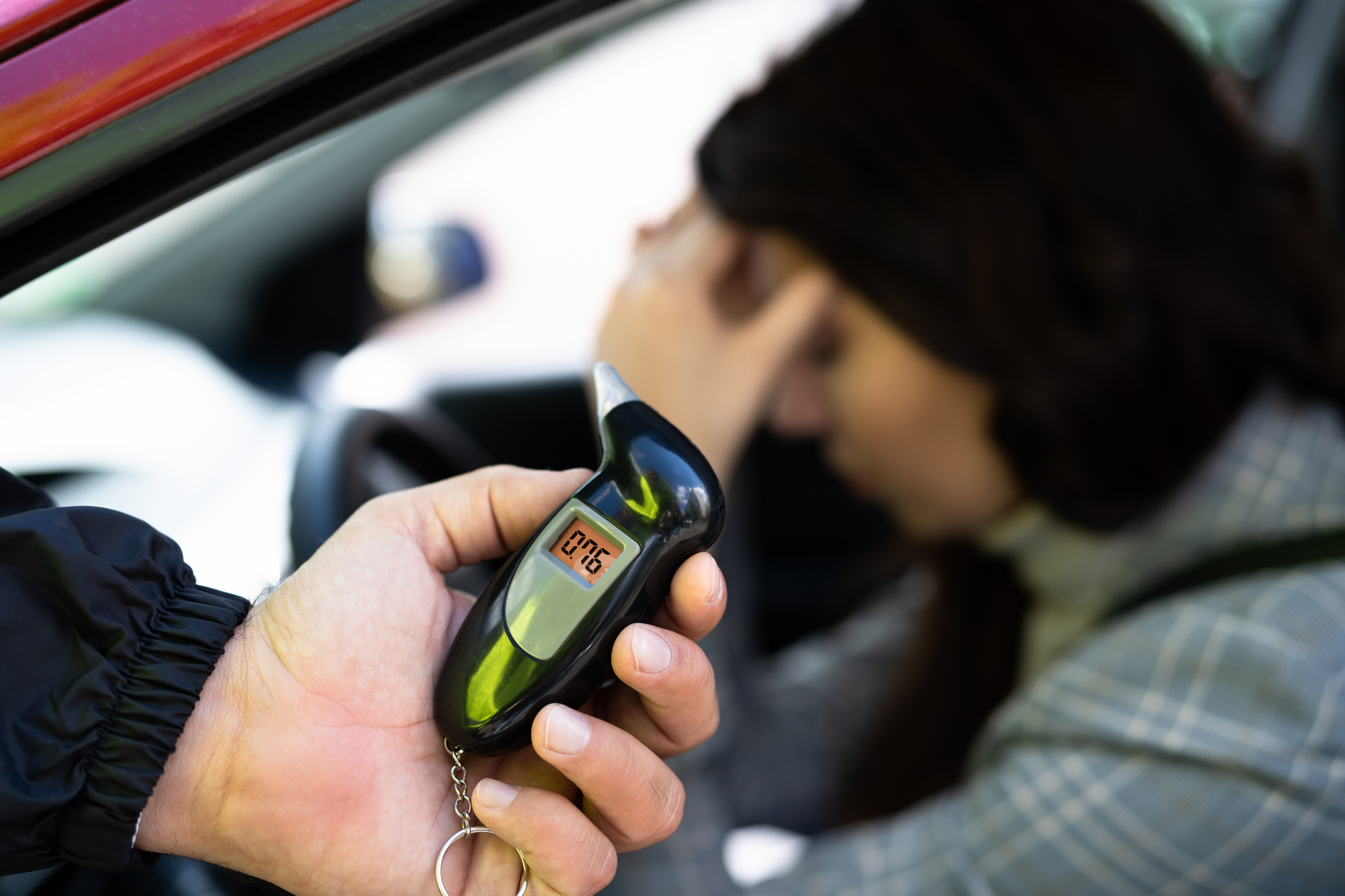Everyone has the right to be secure against unreasonable search or seizure.
– Section 8 of the Canadian Charter of Rights and Freedoms
This is a fundamental right enshrined in the Canadian Charter of Rights & Freedoms which protects us all against the government intruding into our privacy. It ensures that police and other state actors respect our rights to privacy and obtain search warrants or other judicial authorizations before performing any searches or other intrusions into our private lives. The exception to this is if police observe evidence in plain view. Then under the Plain View Doctrine police can seize this evidence.
In the past articles, we have reviewed challenging warrants for the purpose of having illegally gathered evidence excluded from use at trial. But what is the recourse when there is no warrant to challenge?
Police require a search warrant in most instances to seize evidence. However, in some circumstances, no search warrant is required by police. In these warrantless situations, police have strict guidelines to follow.
When police seize evidence without a warrant often criminal lawyers will attempt to establish that police acted beyond their legal authority. If a judge agrees that officers acted beyond the scope of their powers the evidence may be excluded from being used or introduced at trial.
We examine two circumstances where police do not require a warrant:
PLAIN VIEW DOCTRINE
The plain view doctrine allows police to seize evidence they observe in plain view without a warrant. Observation can include any of their senses including sight, smell, and hearing. The caveat is that the officer must observe items from a lawful vantage point, and they must believe the seized items to be illegal.
The seized object needs to be in plain view. For example, if an officer lawfully enters a home and sees illegal weapons or drug paraphernalia openly displayed on a table, they may be able to seize it.
The doctrine assumes that a person cannot reasonably expect privacy in a public place. As a result, any suspicious item brought into or abandoned in a public location may potentially be seized.
Challenging Evidence Seized Under the Plain View Doctrine
To exclude evidence seized without warrant, a criminal defence lawyer may challenge whether the police officer met the requirements of the plain view doctrine. If the officer went beyond the scope of their powers, or breach a person’s privacy rights, there will be grounds to have any evidence excluded from use at trial.
- The officer must make the initial intrusion or observation legally to be able to rely upon the plain view doctrine to seize evidence. Trespassing or acting in bad faith prohibits the officer from legally seizing evidence.
- The evidence must be discovered inadvertently. The officer should not have entered the area with the expectation of discovering the seized items. If they had reason to expect to find this evidence in advance, they should have sought a warrant. For example, if police enter the premise based on information from an informant or an illegal wiretap, plain view doctrine does not apply.
- It must be immediately obvious that the seized objects are evidence of a crime. Police must have reasonable grounds to believe seized items are evidence at the time of seizure. They cannot simply seize items in hopes that they turn out to be contraband or related to a crime.
SEARCH INCIDENT TO ARREST
In some circumstances, police are permitted to search the immediate area near and around the accused person during the course of the arrest. The goal of this search is for the protection of the officers, not for the purpose of gathering evidence.
Officer safety is often the rationale used to justify seizures made incident to arrest. Officers are required to conduct searches of persons placed under arrest to ensure there are no weapons or objects that can be used to harm the officers or others. Within limits, they are also permitted to search the immediate area around the accused person to preserve evidence and ensure there are no weapons nearby.
The limitations on searches incident to arrest depending on the circumstances surrounding reasons for the arrest and the environment in which this is occurring. For example, police when arresting a person driving a car may search the cabin of the vehicle but may not have the grounds to search the trunk of the vehicle or the other people in the car.
Police must balance officer safety concerns against the privacy interests of others. But any evidence found within plain view is usually lawful to seize.
Challenging Evidence Seized Incident to Arrest
To challenge admittance of evidence seized incident to arrest criminal defence attorneys challenge whether police breached the defendant’s constitutional rights in conducting their search. To determine whether or not police acted within the limits of their authority courts consider the circumstances surround the arrest, the scope of officer’s authority, the nature of the police investigation, and the privacy expectations of the accused person.
If the judge determined that the police went beyond what was reasonable in the circumstance they then need to consider if the seized evidence ought to be excluded from use at trial.
HIRE A TORONTO CRIMINAL DEFENCE ATTORNEY
William Jaksa is an experienced criminal lawyer from Toronto. He has been helping his clients for over 15 years challenge the admissibility of evidence seized by police. He understands the procedures and requirements for police to obtain search warrants and how these warrants can be challenged successfully in court. Contact William Jaksa if you require assistance.




